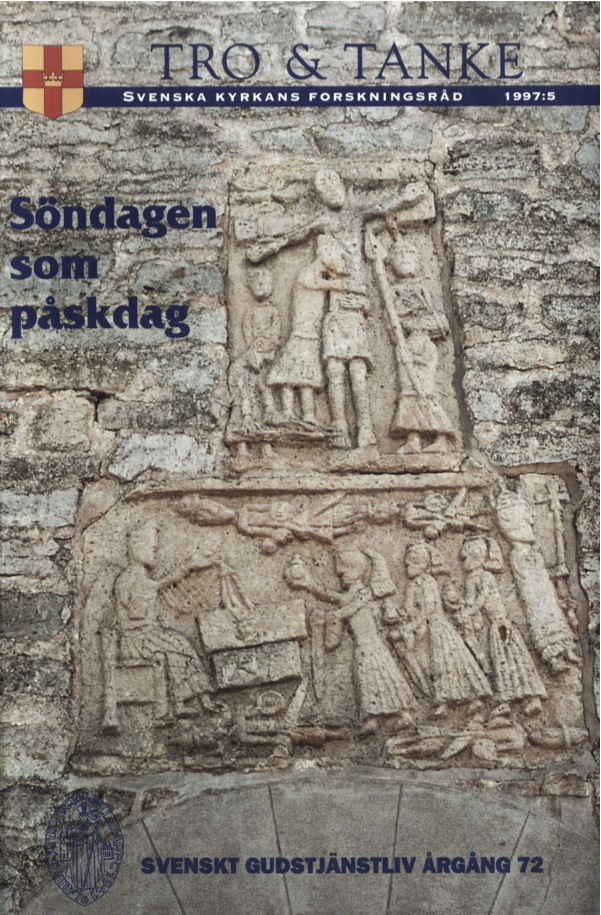Påsk och söndag - påsken som tolknings- nyckel till söndagens gudstjänstsång enligt den ortodoxa traditionen
Abstract
Easter is celebrated as the greatest feast of the year according to Orthodox tradition. It is called “the feast of feasts and the solemnity of solemnities” and its hymns and music have a primary influence on the music of Orthodox liturgy. Beginning at Easter, “the eighth day”, or “the day of the new creation”, the musical system, the system of eight echoi (modes), is being repeated in eight-week units throughout the year.
In Sunday liturgy, Christ’s resurrection is all the time commemorated through the hymns; also the Orthros preceeding the Divine liturgy has many songs on the theme of resurrection. A special genre is called eulogetaria; these songs link the theme of resurrection with the theme of women carrying the Holy Myrrha, and they are always sung with the text and melody of the first plagal echos (mode) - the echos of the troparion of Easter.
In the first part of the liturgy, the special troparion of resurrection is sung. There are eight troparia for eight Sundays. Each of these declares the resurrction of Christ in a concentrated and short way and with their own echos and melody.
In the second part of the liturgy, in the eucharist, the texts have an eschatological stamp. The Easter message is manifested almost solely by music which is carried out in eight various melody units for the eight-week cycle. The texts are invariably the same, and show both that the eucharist is a single phenomenon and the cycle of eight different musical expressions of echoi and melodies bear witness of its timelessness.
Downloads
Published
Issue
Section
License
© the authors, Laurentius Petri Sällskapet för Svenskt Gudstjänstliv and Artos & Norma Bokförlag. Copying and using material from Svenskt Gudstjänstliv for scholarly purposes is permitted as long as the source is indicated. For other uses, please contact the respective author as well as the publisher. Special restrictions may apply to images.


